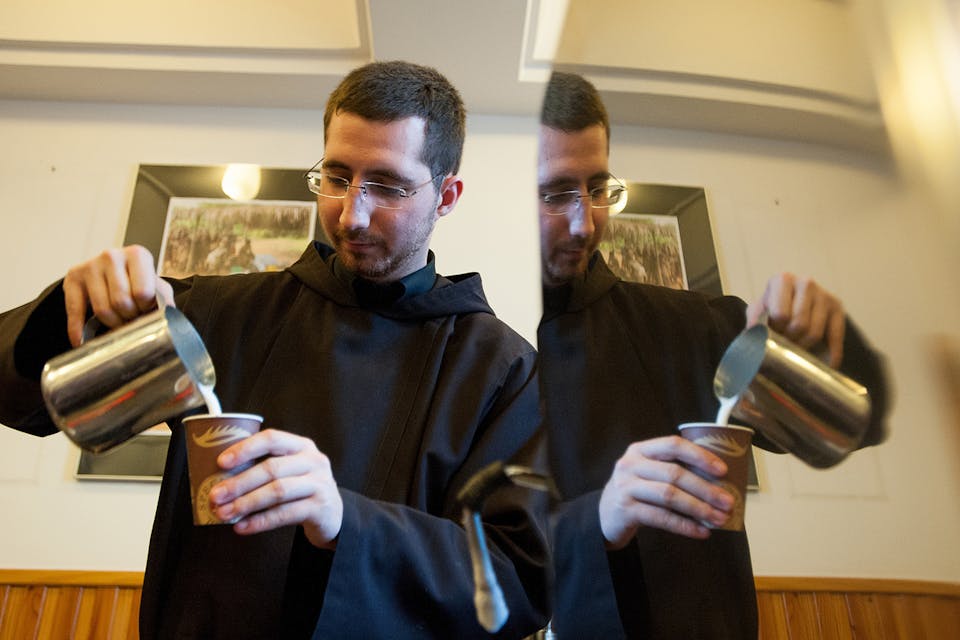
October 24, 2019
How Cappuccino Got Its Name, and What It Has To Do with the Coat Worn by Ultra-Orthodox Jews
By PhilologosOne word got turned upside down and downside up again.
Got a question for Philologos? Ask him directly at philologos@mosaicmagazine.com.
Some fifteen years ago, when this column was appearing in the weekly Forward, I devoted one installment to answering an inquiry about the origins of the word “kaput,” as in a sentence like “His business went kaput.” The word came, I told the inquirer (who incorrectly thought its source was Yiddish), from a French card game called piquet, in which a player who won all of the tricks in a hand was said to “make capot,” while one who lost them all was said to “be capot.” Capot has been traced, I wrote, to the Provençal expression cap virar, to be turned on one’s head or overturned, which was akin to the archaic Spanish capuzar, from which our English “capsize” is said to derive.
Now, Madeleine Isenberg writes that she has read my earlier column, and adds: